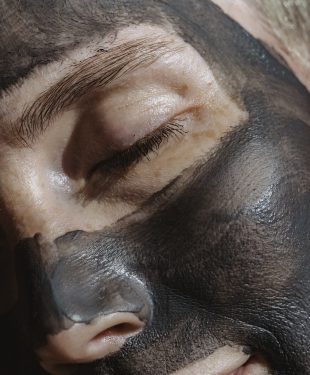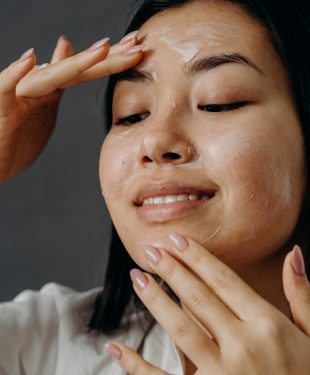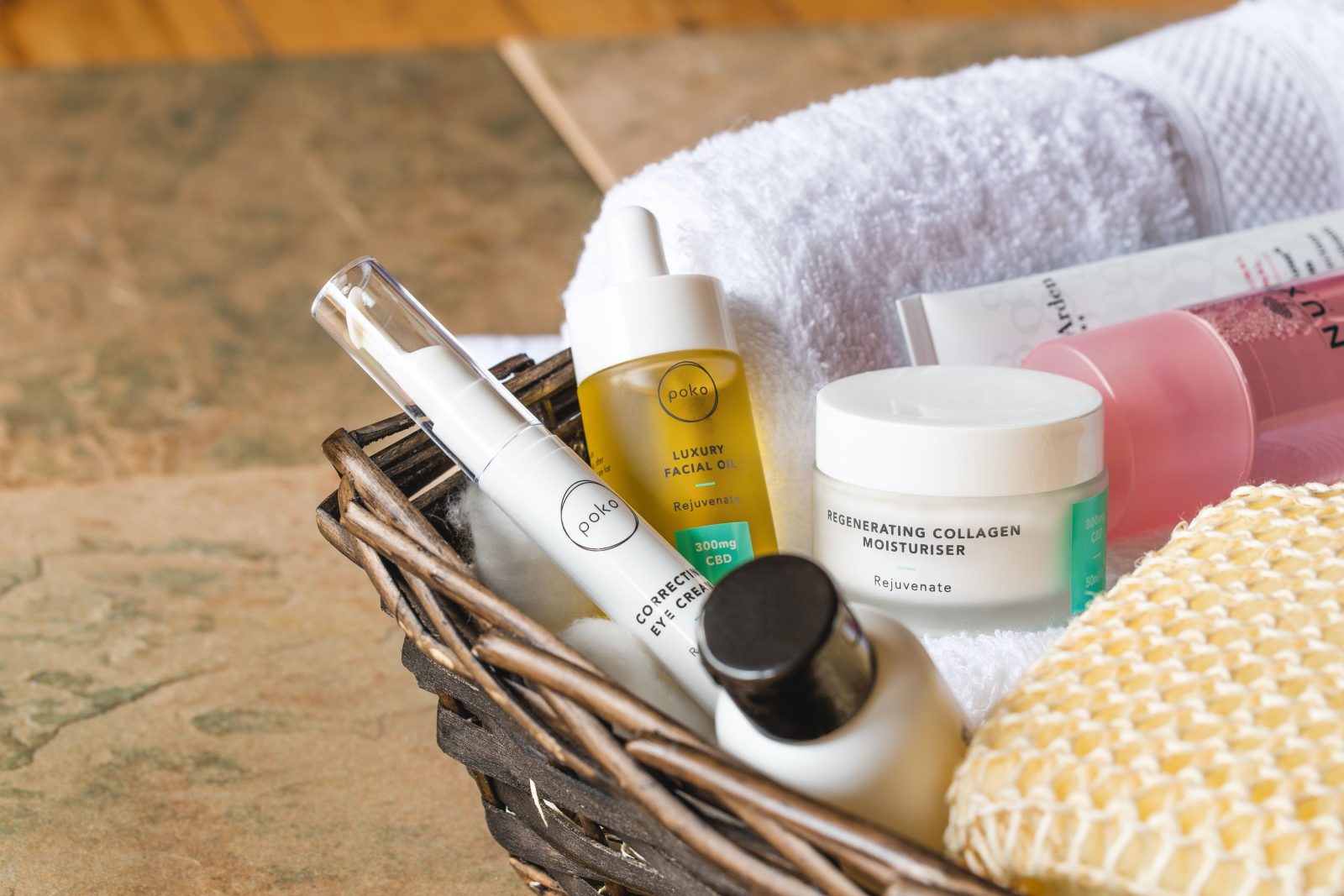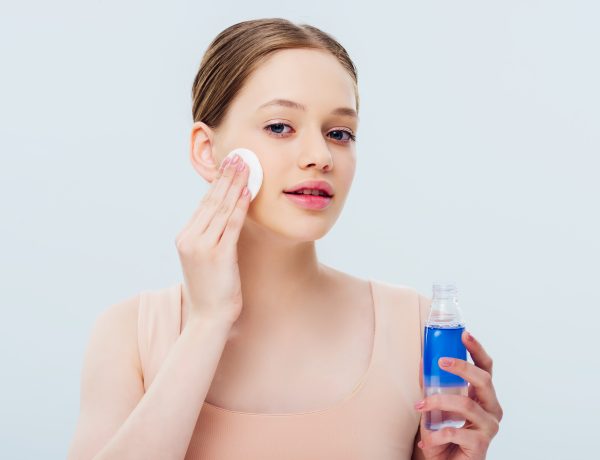Today we want to share the best guide for exfoliating your face. The largest organ of your body, the skin, renews and sheds old cells regularly. However, some dead cells can’t be shed off on their own entirely. These cells would sometimes clog the pores, making the skin dry up and even risk causing other skin problems. Hence, it’s essential to exfoliate your skin on a regular basis.
Exfoliation’s main purpose is to make the surface of your skin feel smooth and clean. It helps improve your complexion, making your skin ‘glow’ as it improves blood circulation under the surface. In this guide, you’ll learn about two different ways of exfoliating. You’ll also be able to determine which method is appropriate depending on your skin type.
Why Is Exfoliation Essential?
One of the skin’s best features is that it can repair and regenerate cells on its own. However, this means your skin can also end up covered in layers of dead cells all over your body. Exfoliating the skin helps get rid of these dead cells, revealing a smoother surface and brighter complexion. You may have been doing exfoliation using an exfoliating toner and other skin products, and this is one way to execute exfoliation. However, there are also other means like using chemical skin solutions, going for facial treatments, or having a DIY exfoliating method using mechanical tools.

Photo by on Pexels
Aside from brightening your skin, exfoliation can actually improve your skin’s health. Some skincare products that are good for your skin might fail to work and even cling to the dead skin cells that can block the pores. If you remove the topmost layer of skin, your topical treatments are more likely to sink deep under the skin, where they may be of help. However, it’s worth noting that each skin type has to find the most suitable exfoliation method or product that will be good for their skin to avoid harmful effects. Consider looking for good skin care tips on taking care of the skin before and after exfoliation.
What To Use For Exfoliating
Different methods are available for exfoliating skin, but they fall under either of the two categories; chemical and mechanical. Check out how these two options differ from each other.
- Chemical Exfoliation
This exfoliating method uses skincare products that contain chemical solutions. For instance, AHA (Alpha-hydroxy acid) contains glycolic, citric, and lactic acids that cause the dead skin cells to break apart, making it easier to remove them or dislodge them from pores. With this acid treatment, the skin can shed off the dead particles all on its own.
Another example would be BHA (Beta-hydroxy) acids, which contain salicylic and hydroxyl acids. They also work in the same manner, but are better for acne-prone skin. Salicylic is an ingredient that fights off acne-causing bacteria so your skin can shed off dead skin cells with a lower risk of triggering a breakout.
When using chemical exfoliants, it’s important to follow the instructions stated on the label. You can ask for recommendations from your dermatologist on what product would best suit your skin type. Remember to apply a moisturizer after applying a chemical exfoliating process.
- Mechanical Exfoliation

Photo by on Pexels
The second method of exfoliation makes use of tools instead of chemicals. Common exfoliating tools include brushes, sponges, scrubs, or gloves. Using them involves gently washing your face with warm water, and creating circular stroke patterns on the face with your chosen tools. You may also use some exfoliating cream, toner, and scrubs to help and support the full exfoliation. After exfoliation, the face has to be washed with clean water to get rid of any remaining dead skin cells. Applying moisturizer afterwards help prevent irritations during the first few minutes of treatment
Exfoliating By Skin Type
Regardless of your skin type, you need to exfoliate with care to prevent damage to the skin surface. Don’t exfoliate too long, as this might irritate the skin. Check out the different skin types and learn what exfoliating methods are best.
- Sensitive Skin
Do not use scrubs or other mechanical exfoliation methods if you have sensitive skin. Your skin might feel irritated or overly sensitive. It’s better to go for a chemical exfoliator and visit your dermatologist for a prescribed salicylic acid peel.
- Dry Skin
If your skin is flaky or dry, exfoliation is essential. Dry skin should not be exfoliated mechanically since it cracks in the skin could have damaged tissue lying underneath. You may opt for gentle chemical peelings that contain AHA instead. Make sure you apply sunscreen and moisturizer after.
- Normal Skin
If you do not have any complications with your skin, you can use any exfoliation method. Chemical and manual exfoliation are both safe to use, but stick to the one that you think would cause the least amount of discomfort for you.
Conclusion
With this guide, you can now choose the best exfoliating method, products, and tools to use for your skin. It’s imperative to choose one that is suitable for your skin type. You may consult your dermatologist prior to exfoliating your skin to ensure you get the best results and you avoid possible skin-related problems related to over-exfoliation.
Read more beauty and skin articles at ClichéMag.com
Images provided by Flickr, Unsplash, Pexels, Pixabay & Creative Commons


